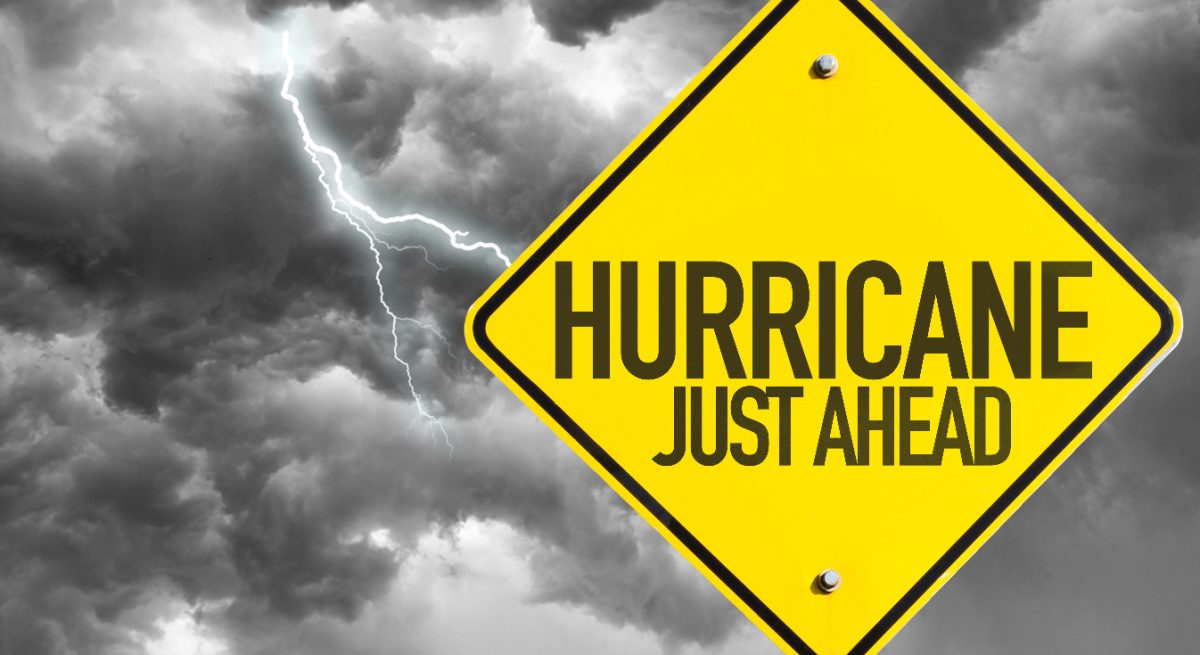Six Steps to Help Restaurants Prepare for Severe Storm Weather
6 Min Read By Paula Herald
Hurricane Ida is just the most recent major storm to make landfall in the United States this hurricane season. Thousands of businesses and more than one million people were left without power and forced to deal with the lingering effects of standing flood waters.
Restaurant owners can use these tips as they prepare for severe storm weather and deal with power outages, floods, pest problems and many other severe storm impacts.
Create a Crisis Communication PlanA clearly outlined communications plan will keep employees functioning as a unit during a hurricane threat. Have a contingency plan in place for deciding when to close and ensure that all employees know their roles.
Emergency numbers and contact lists should be available for employees and should include:
Managers Red Cross Public health authorities Bottled and Potable water supplier Regional and Corporate offices Water and sewer facilities Other necessary government or municipal agencies Equipment rental…
Sorry, You've Reached Your Article Limit.
Register for free with our site to get unlimited articles.
Already registered? Sign in!


